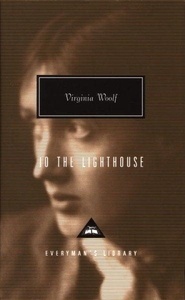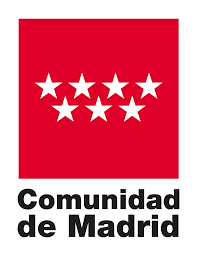To the Lighthouse

Editorial Everyman's Library
Fecha de edición septiembre 1991
Idioma inglés
EAN 9780679405375
280 páginas
Encuadernación en tapa dura con sobrecubierta
Resumen del libro
Though its fame as an icon of twentieth-century literature rests primarily on the brilliance of its narrative technique and the impressionistic beauty of its prose, "To the Lighthouse "is above all the story of a quest, and as such it possesses a brave and magical universality.
Observed across the years at their vacation house facing the gales of the North Atlantic, Mrs. Ramsay and her family seek to recapture meaning from the flux of things and the passage of time. Though it is the death of Mrs. Ramsay on which the novel turns, her presence pervades every page in a poetic evocation of loss and memory that is also a celebration of domestic life and its most intimate details. Virginia Woolf's great book enacts a powerful allegory of the creative consciousness and its momentary triumphs over fleeting material life.
Biografía del autor
Hija del conocido hombre de letras Sir Leslie Stephen, Virginia Woolf nace en Londres el 25 de enero de 1882, y vive, desde su infancia, en un ambiente densamente literario. Al morir su padre, Virginia y su hermana Vanesa dejan el elegante barrio de Kensington y se trasladan al de Bloomsbury, más modesto y algo bohemio, que ha dado nombre al brillante grupo formado alrededor de las hermanas Stephen. En 1912 se casa con Leonard Woolf y juntos dirigen la Hogarth Press. El 28 de marzo de 1941, la genial novelista sucumbe a la grave dolencia mental que la aqueja desde muchos años atrás y se suicida ahogándose en el río Ouse. Además de Las olas (1931), Virginia Woolf fue autora de novelas tan importantes como El cuarto de Jacob (1922), La señora Dalloway (1925), Al faro (1927), Orlando (1928), Los años (1937) y Entre actos (1941).








